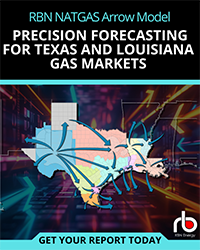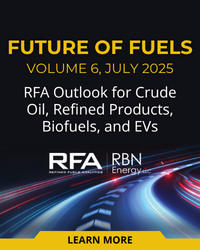There’s been a lot of talk lately about “green” and “blue” hydrogen becoming increasingly important players in the world’s lower-carbon energy future. Green and blue ammonia too, given that ammonia, with its high hydrogen content, is an efficient “carrier” of hydrogen when it needs to be delivered by ship, railcar, or truck. Also, ammonia itself — like hydrogen — can be used to power fuel cells and ammonia-combustion technology is being developed to use fuel ammonia at power plants. But for these low- or zero-carbon energy products to be adopted at a global scale, new infrastructure will need to be built, not only to enable their production and consumption but to transport them to where they’ll be consumed. Enter the just-finished ammonia terminal that Royal Vopak and Moda Midstream jointly developed at a prime site along the Houston Ship Channel. In today’s RBN blog, we discuss the greenfield facility and its prospective role as a major import/export hub for ammonia.
Global decarbonization has become a frequent topic in our blogs. It’s not that we think crude oil, natural gas, and NGLs will be fading from view anytime soon — or in our lifetime, for that matter. But we acknowledge the pressure to reduce greenhouse gas (GHG) emissions as quickly as possible, and we believe that while the energy industry — all of it, from producers and midstreamers to refiners and power producers — will need to undergo a major transformation, change presents opportunity and if we’re smart we’ll recognize it and grab it.
The energy journey that’s so far taken the world from wood to coal to crude oil to natural gas is now taking us to wind, solar, biomass, and that most elemental energy source of all: hydrogen, or H2. For more on the various “colors” that hydrogen comes in — green, blue, and gray, depending on how the H2 is produced — a good place to start would be our appropriately titled Help! blog series. In short, there’s a big push to increase the production of green H2 (produced via electrolysis using renewable energy) and blue H2 (produced by running natural gas through a steam methane reformer and capturing and sequestering half or more of the resulting carbon dioxide) and ratchet down the production of gray H2 (steam methane reforming without carbon capture).
Join Backstage Pass to Read Full Article








